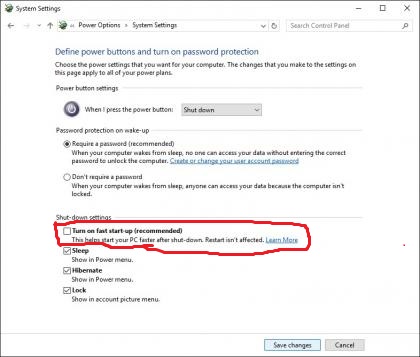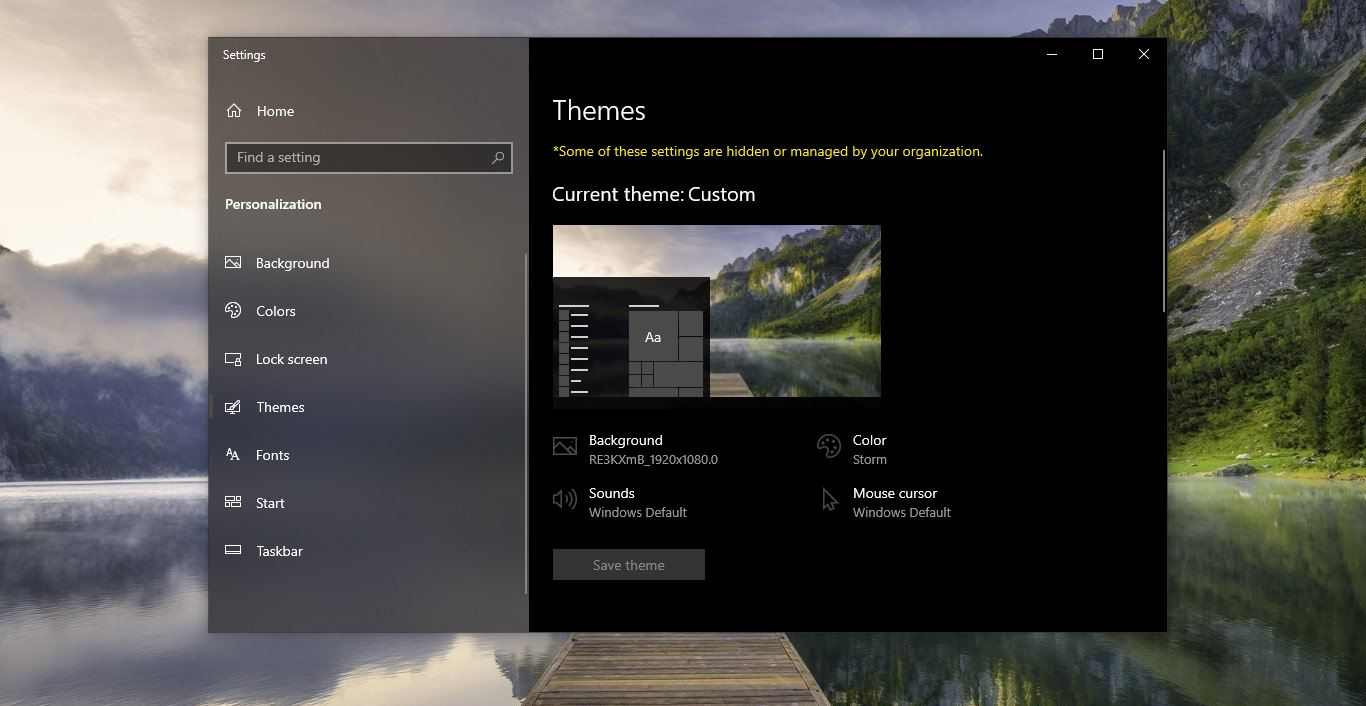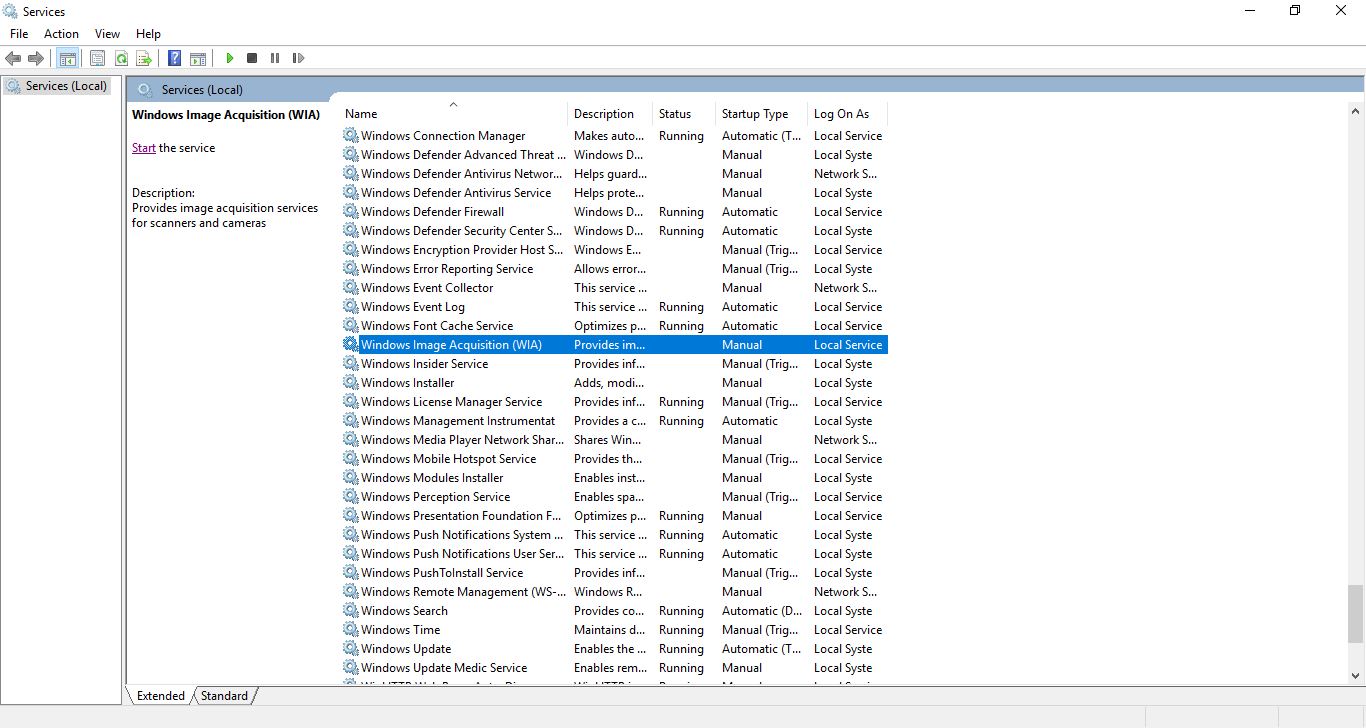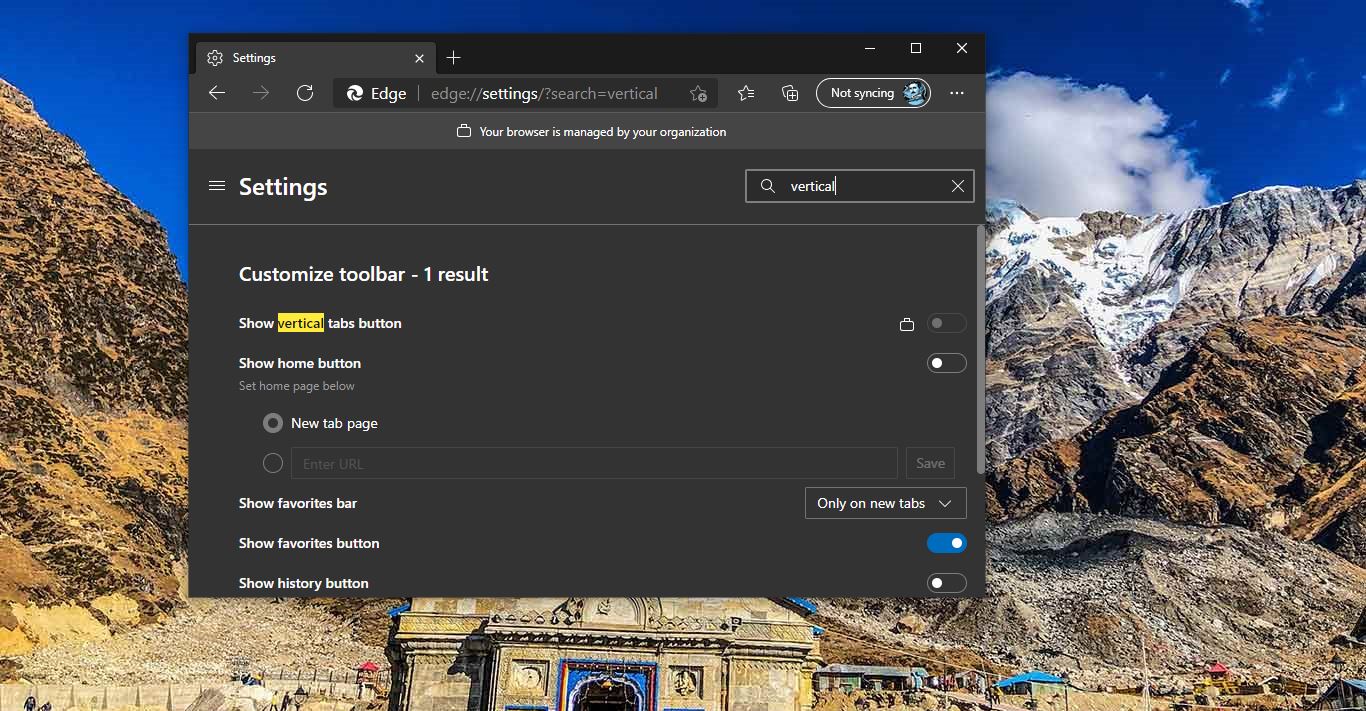Slow Boot in windows 10:
Windows 10 uses a hybrid boot to enable fast boot times. When you shut the system down, apps and app processes are terminated, but the Windows kernel itself is hibernated to allow for a faster restart. In theory, it’s great, but it seems to still be very slow for some Windows 10 users. This article will guide you to fix slow boot in Windows 10.
- Open Run command by pressing Windows + R and type Control and hit enter, This will open the Control Panel.
- Under Control Panel click on the Power Options.
- Then in the left-hand pane click Choose what the power buttons do.
- Click Change settings that are currently unavailable, scroll down, and un-tick Turn on fast start-up, then click Save changes.
- This should prevent very slow starts on affected PCs. Some users report that if they subsequently reboot, re-trace their steps, and re-enable fast start-up the problem remains cured.
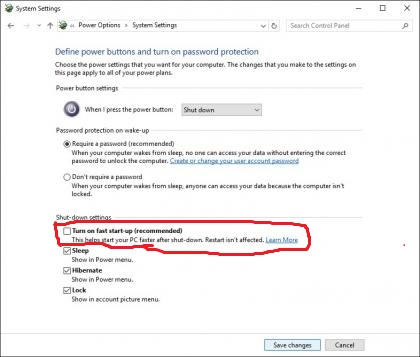
- If you’re dual-booting between Windows 10 and Windows 7.
- Switching fast start-up off will also fix the problem where Windows 7 checks the disks each time you boot it:
- With fast start-up enabled, the earlier operating system doesn’t recognize that the disks have been properly shut down by Windows 10.

